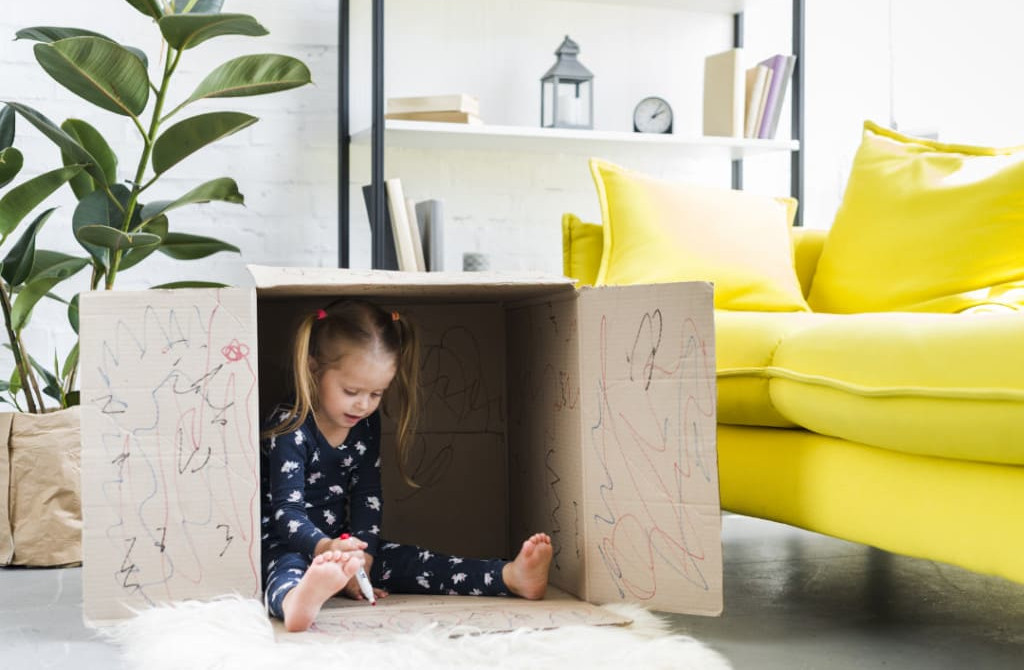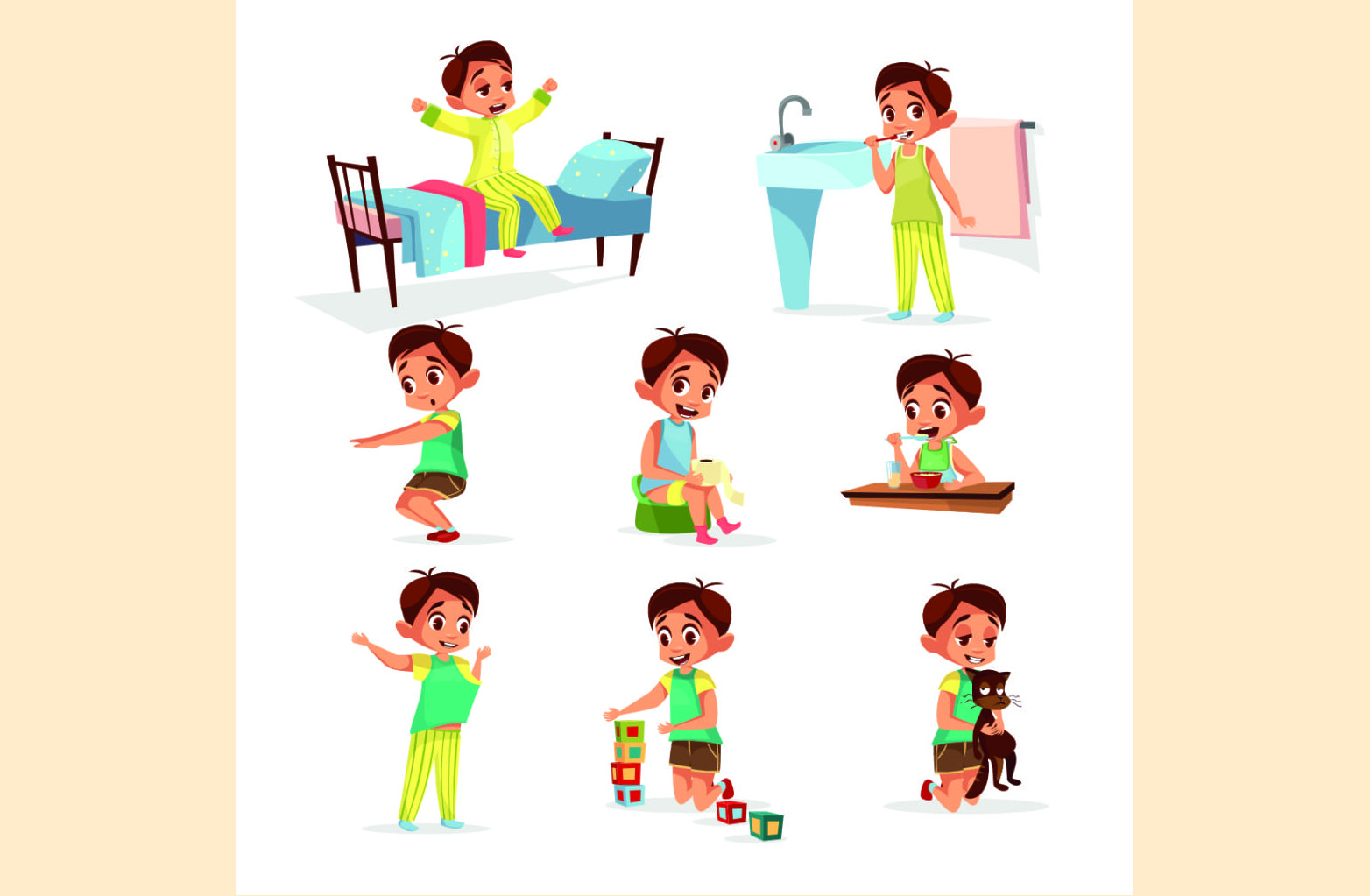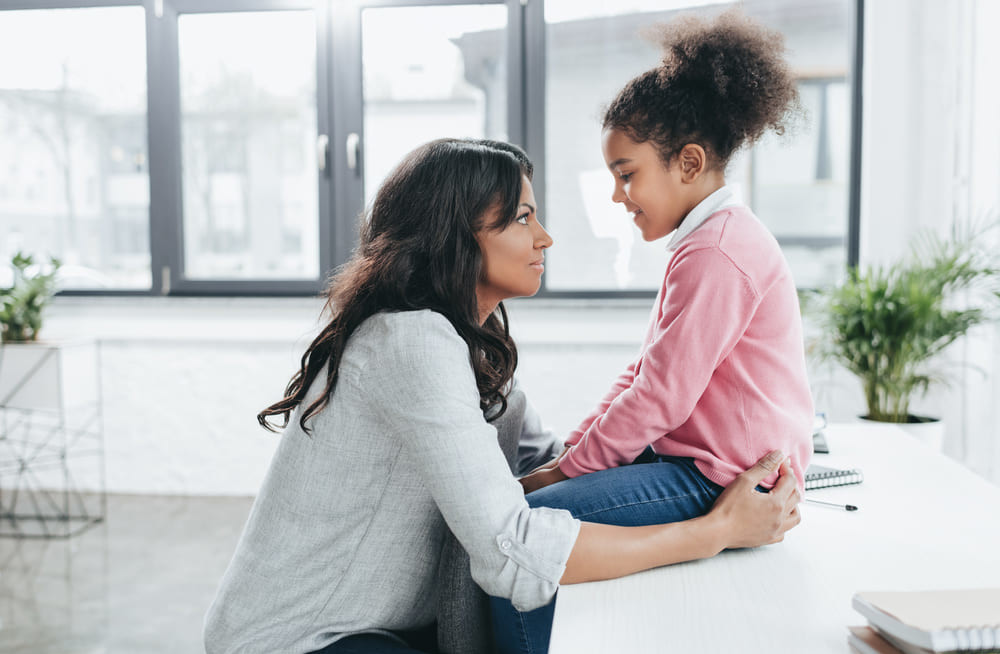It is clear what an immense challenge many families are facing right now. Setting aside the unpredictability of COVID-19 and the unknown end date to protective measures, many families have had to learn how to juggle their own careers or job changes, all while trying to care for their children and continue their learning at home.
At Amelio, we have been trying to find new and innovative ways to not only keep young children engaged, but to help out families who may be struggling at home during these unprecedented times. With this in mind, we are happy to introduce Amelio Home Assist – Nanny Care and Learning at Home services at your doorstep!
Whether you need an extra hand with feeding, diaper changing and supervising your children, or help engaging with and enabling them to reach their learning and developmental milestones – we’re here for you!
Amelio Home Assist connects you with Amelio’s well trained, dedicated and experienced caregivers and teachers, across Chennai, Bangalore and Hyderabad.
Personalized care
With one-on-one care, our caregivers and teachers will be sure to give your child the care, understanding and education that they need.
Flexible time slots
Our programs are designed to be flexible to adapt to your family’s daily schedule.
Experienced caretakers and teachers
We are happy to provide you with professional childcare services at home.
Safety, our priority!
Through Amelio Home Assist, our aim is to support families with professional childcare services at home, all the while keeping safety as our utmost priority. From daily temperature checks, regular health check-ups and COVID-19 safety kits to maintaining health & cleanliness at home, while commuting, during their stay and even in their communities, our caregivers and teachers will make sure that the health and safety of your families are at the forefront always.
Book your appointment today! Call 9176024000 or visit our website for more information.





